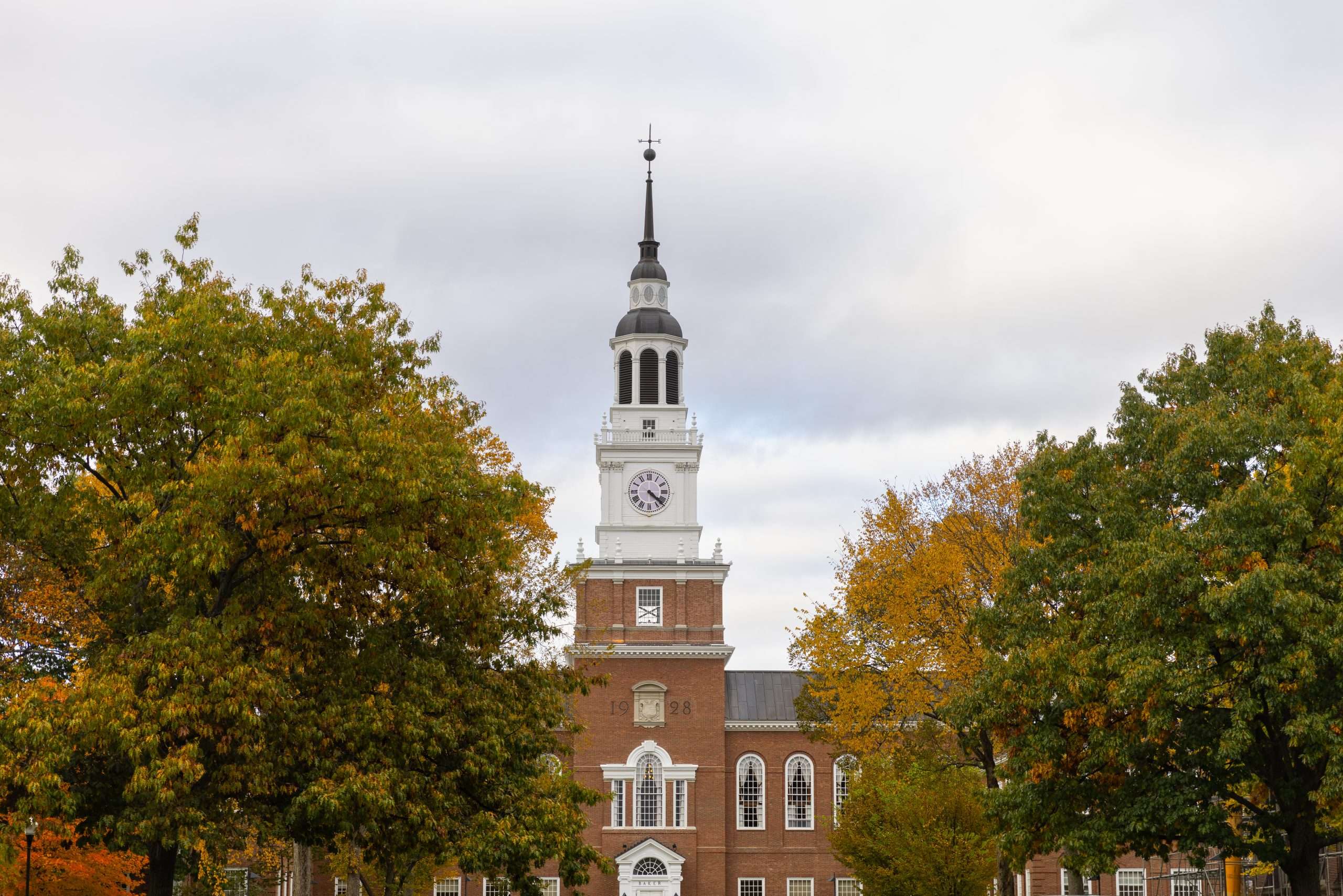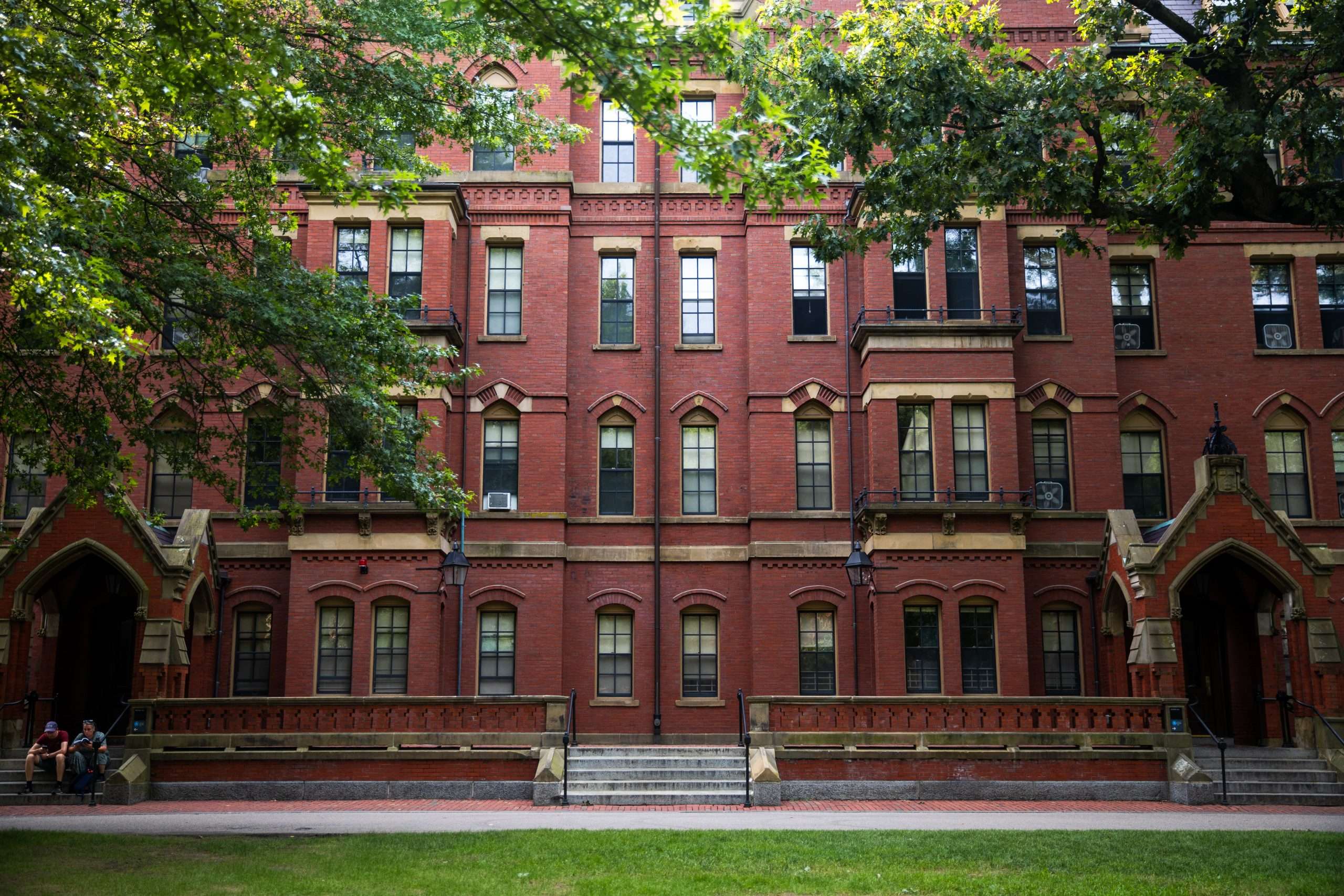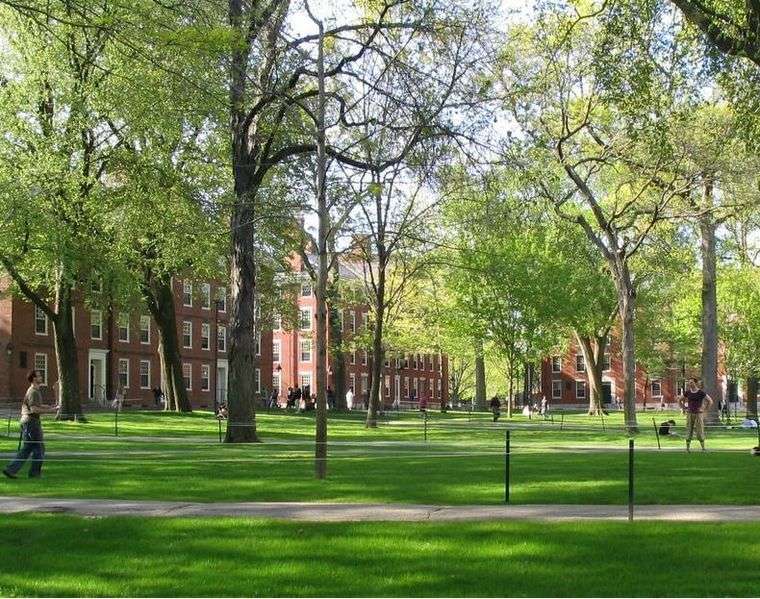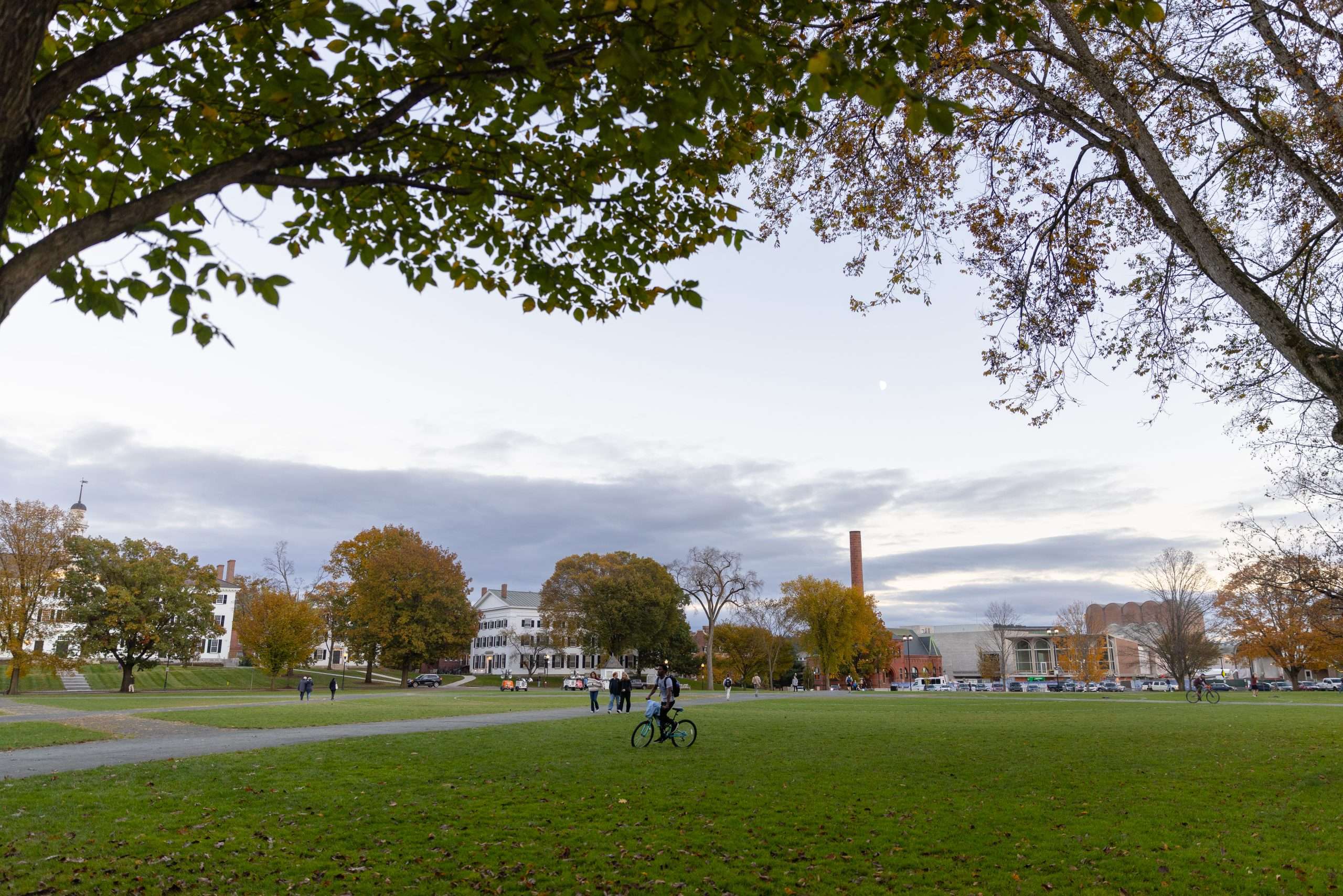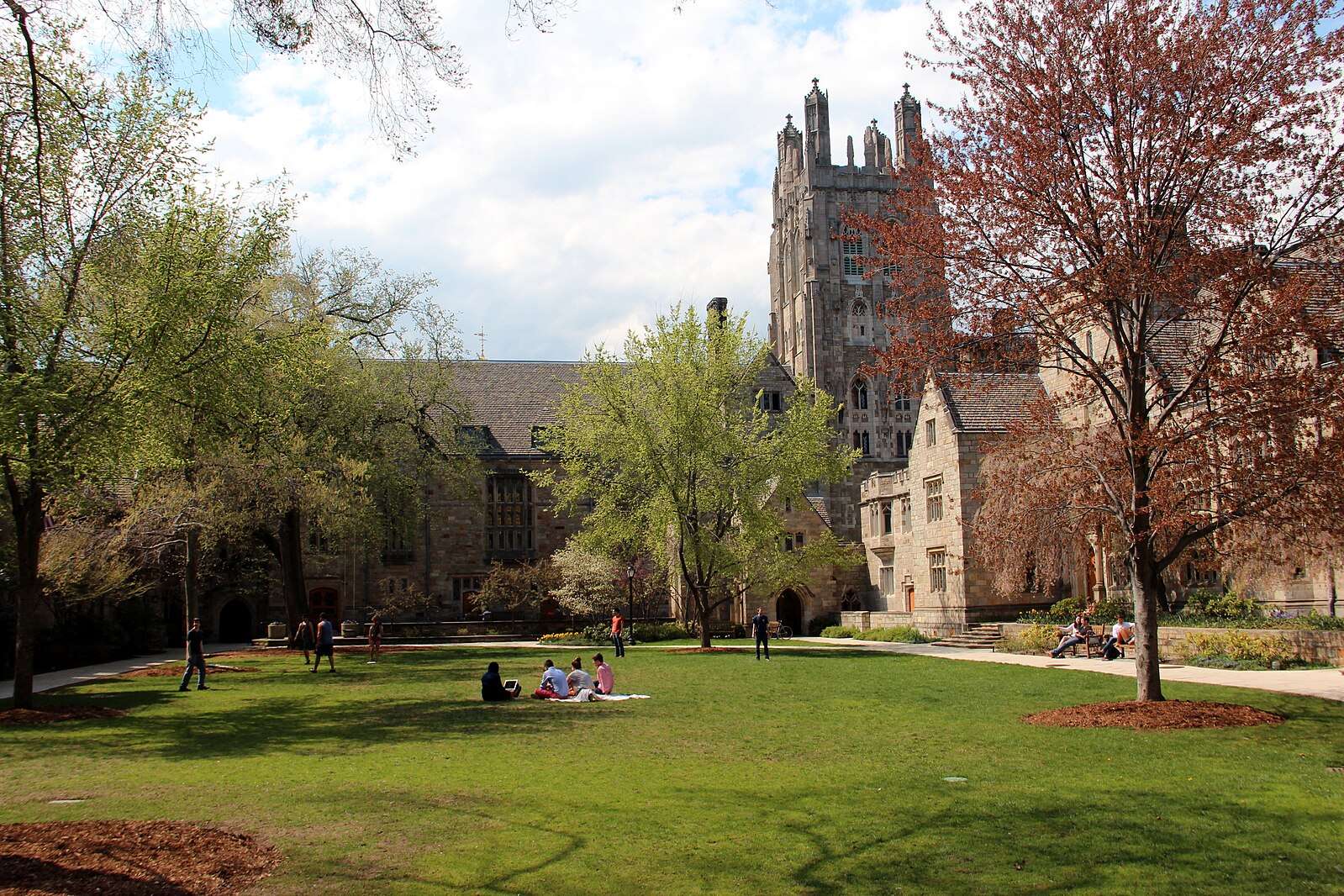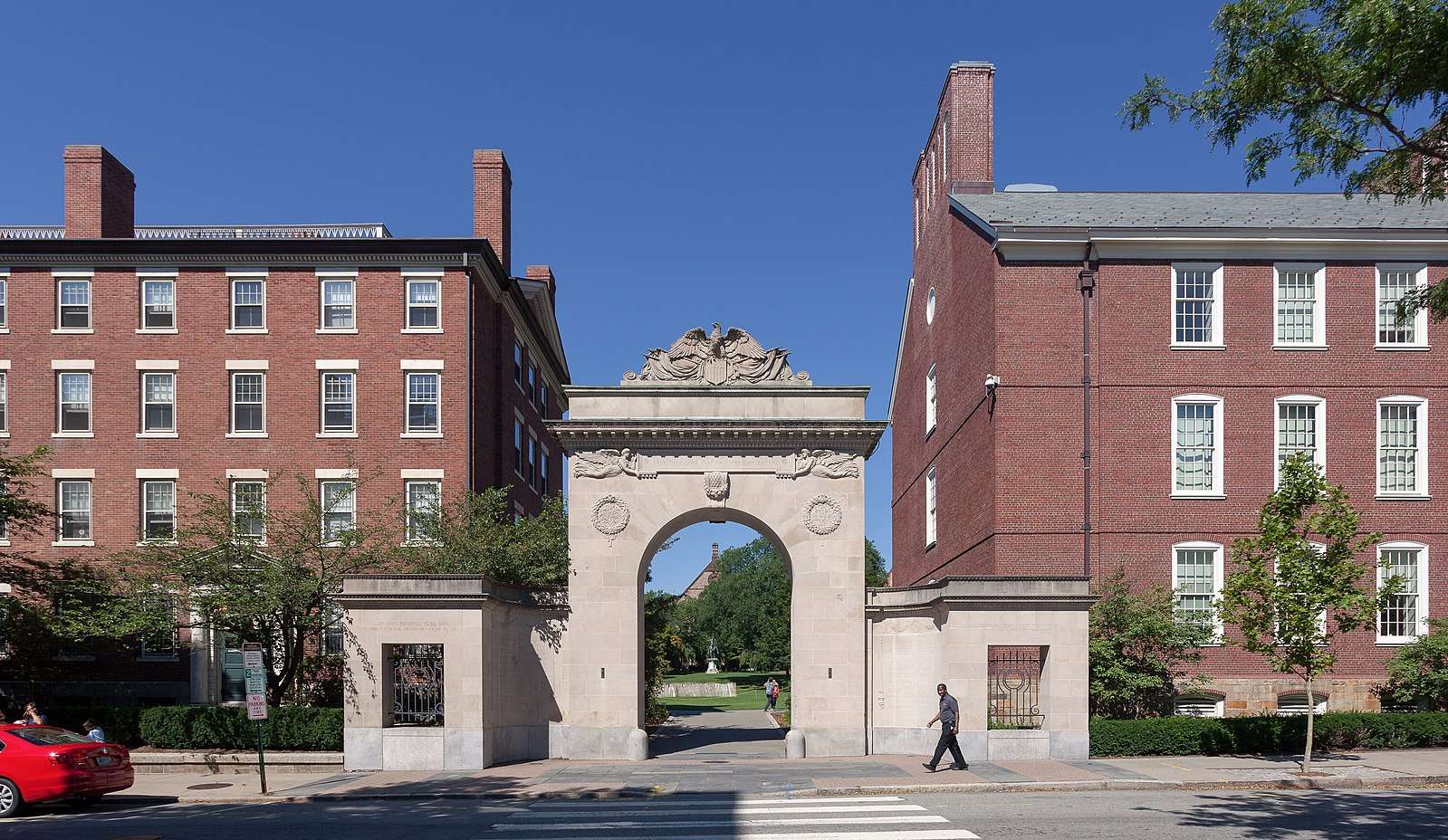The Ivy Coach Daily
The 25 Best Private Schools for Ivy League Admission
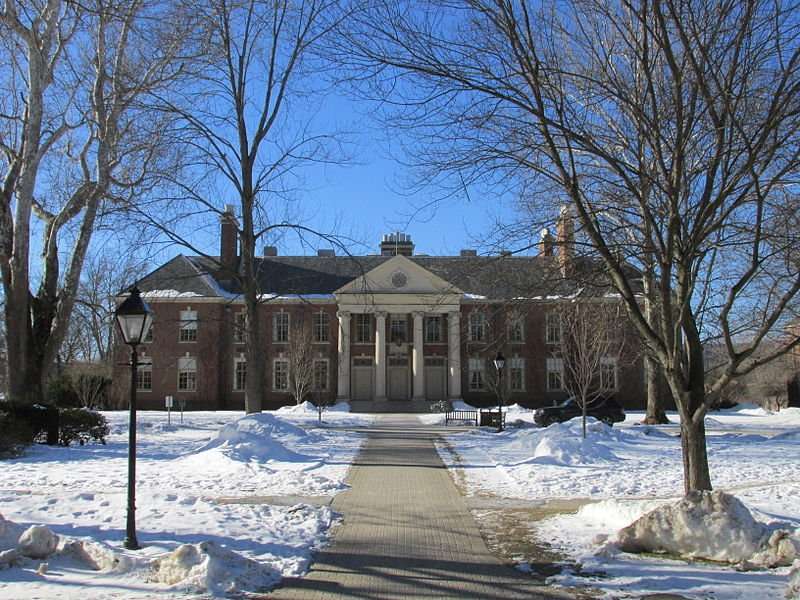
While it might sound like a relic of the past, there are certainly still schools that have cushy relationships with Ivy League schools and send many of their most promising students there. These prestigious private schools are called feeder schools due to the undeniable pipeline from their campuses to the gates of the Ivy League and other elite universities. Of course, this relationship is informal, as no school technically has a leg up over other schools when it comes to elite college admissions. But in reality, feeder schools get so many students into top colleges because of their historic reputations, high number of athletic recruits and legacies, and rigorous academic curricula.
A Breakdown of the Top Private Feeder Schools in the U.S.
Below is a breakdown of some of the top private feeder schools in the nation. This list is by no means exhaustive, as there are dozens of schools across the country that fit the profile of a feeder school, but these are some of the most popular. While public feeder schools are less common, they also get plenty of students into the Ivy League each year (Cambridge Rindge and Latin School , est. 1648, is a great example).
Matriculation reporting at feeder schools is not standardized. Some schools report collective matriculation data from the last three, four, or five years, some only report the most recent year, and some do not report specific numbers at all. Obviously, the size of the student body has a major impact on these numbers, so just because a school is lower on our list does not necessarily mean that it is less of a feeder school than the others. Thus, take the data with a grain of salt!
| Private School | Reported Ivy League Matriculants |
| Harvard-Westlake School | 256 |
| Lawrenceville School | 227 |
| Riverdale Country School | 213 |
| Dalton School | 195 |
| Phillips Academy—Andover | 160 |
| Hotchkiss School | 130 |
| Deerfield Academy | 120 |
| Brearley School | 118 |
| St. John’s School | 95 |
| Groton School | 93 |
| Spence School | 92 |
| Roxbury Latin School | 84 |
| Chapin School | 81 |
| Phillips Exeter Academy | 70 |
| Collegiate School | 56 |
| Windsor School | 46 |
| Horace Mann School | 32 |
| St. Mark’s School of Southborough | 14 |
| Princeton Day School | 14 |
| St. Ann’s School | 14 |
| Trinity School | Not Available |
| Choate Rosemary Hall | Not Available |
| St. Paul’s School | Not Available |
| Loomis Chaffee School | Not Available |
| Flintridge Preparatory School | Not Available |
Do Feeder Schools Still Have a Diversity Problem?
Feeder schools are often majority white and majority wealthy. Some do offer low-income student scholarships, and most use meritocratic admissions criteria, but not all. This unfortunate reality is a vestige of the secondary school landscape of a century ago, but with the increasing focus on socioeconomic and racial diversity in the educational sphere as a whole, these schools have begun to change for the better.
Why Sending Your Child to a Feeder School Does Not Guarantee Ivy League Admission
Many of the numbers listed above would dwindle if all of the legacy, development, and recruited athlete admits were removed from each pool. Feeder schools have the resources to maintain the sorts of sports teams that the Ivy League goes wild for, such as fencing, cricket, and equestrian. They contain the richest students in the world, as well as significant proportions of children of Ivy League alumni. The average student admitted to a feeder school often stands just as good of a chance at elite admission as an academically exceptional student at a public school who has taken advantage of all of the opportunities their school has to offer.
That is why admissions counselors across the Ivy League use terms like “holistic” and “contextual” to describe their evaluation process: a student can only exceed to the extent that their school lets them, so it would be unfair to give feeder school kids a leg up because of the vast resources of their respective schools. Instead, admissions officers consider to what extent each applicant has made the best of the lot they received.
About 29% of graduates of The College Preparatory School in Oakland, California (a.k.a. College Prep) are admitted annually to one or more Ivy League colleges. Phillips Exeter Academy in Exeter, New Hampshire, the alma mater of Facebook’s Mark Zuckerberg, has about the same statistic. At The Harvard-Westlake School in Los Angeles, California, about 30% of grads get into an Ivy. At Chapin, on Manhattan’s Upper East Side, the statistic is also about 30%. At St. Paul’s School in Concord, New Hampshire, the statistic is — you guessed it — about 30%, too. At The Dalton School off Park Avenue in Manhattan, alma mater of Anderson Cooper, the statistic is about 31%. Same for the all-girls The Windsor School in Boston, Massachusetts (about 31%).
At the all-girls The Spence School, also in Manhattan, the statistic is 33%. At Phillips Academy Andover in Andover, Massachusetts, alma mater of George H.W. Bush and George W. Bush (and Jeb too!), it’s about 33%. At the all-boys Roxbury Latin School in Roxbury, Massachusetts, it’s about 36%. At Horace Mann in the Bronx, New York, alma mater of Jack Kerouac, the statistic is about 36%. At the all-girls Brearly School in New York, New York, it’s about 37%. At the all-boys Collegiate School, also in New York, New York, and the alma mater of John Jr., it’s about 40%. It’s also about 40% at Trinity School, located on the Upper West Side of Manhattan.
What do you think about this data from these private schools? We’re curious to hear from our readers. So post a Comment below.
You are permitted to use www.ivycoach.com (including the content of the Blog) for your personal, non-commercial use only. You must not copy, download, print, or otherwise distribute the content on our site without the prior written consent of Ivy Coach, Inc.
TOWARD THE CONQUEST OF ADMISSION
If you’re interested in Ivy Coach’s college counseling, fill out our complimentary consultation form and we’ll be in touch.
Get Started